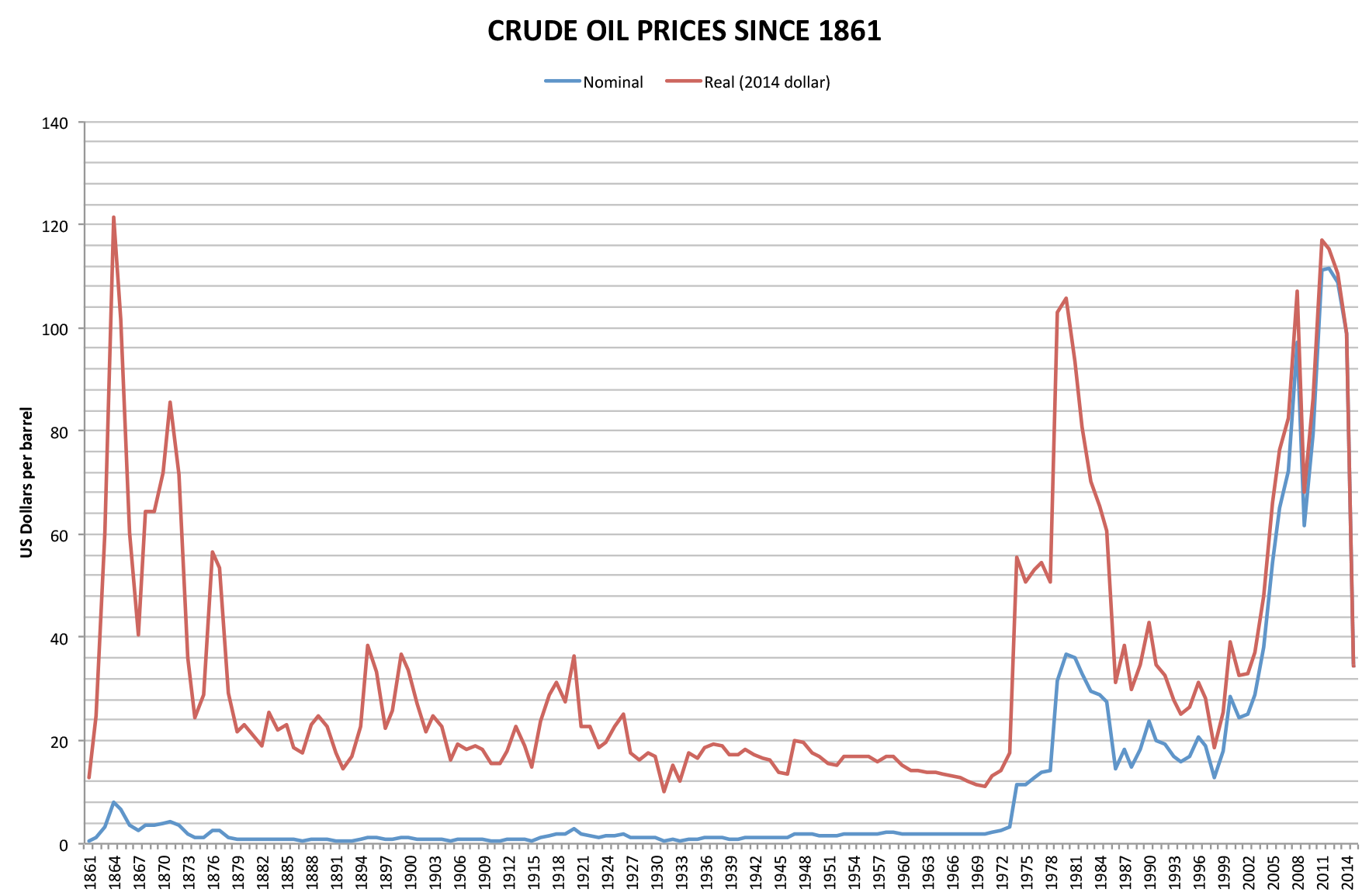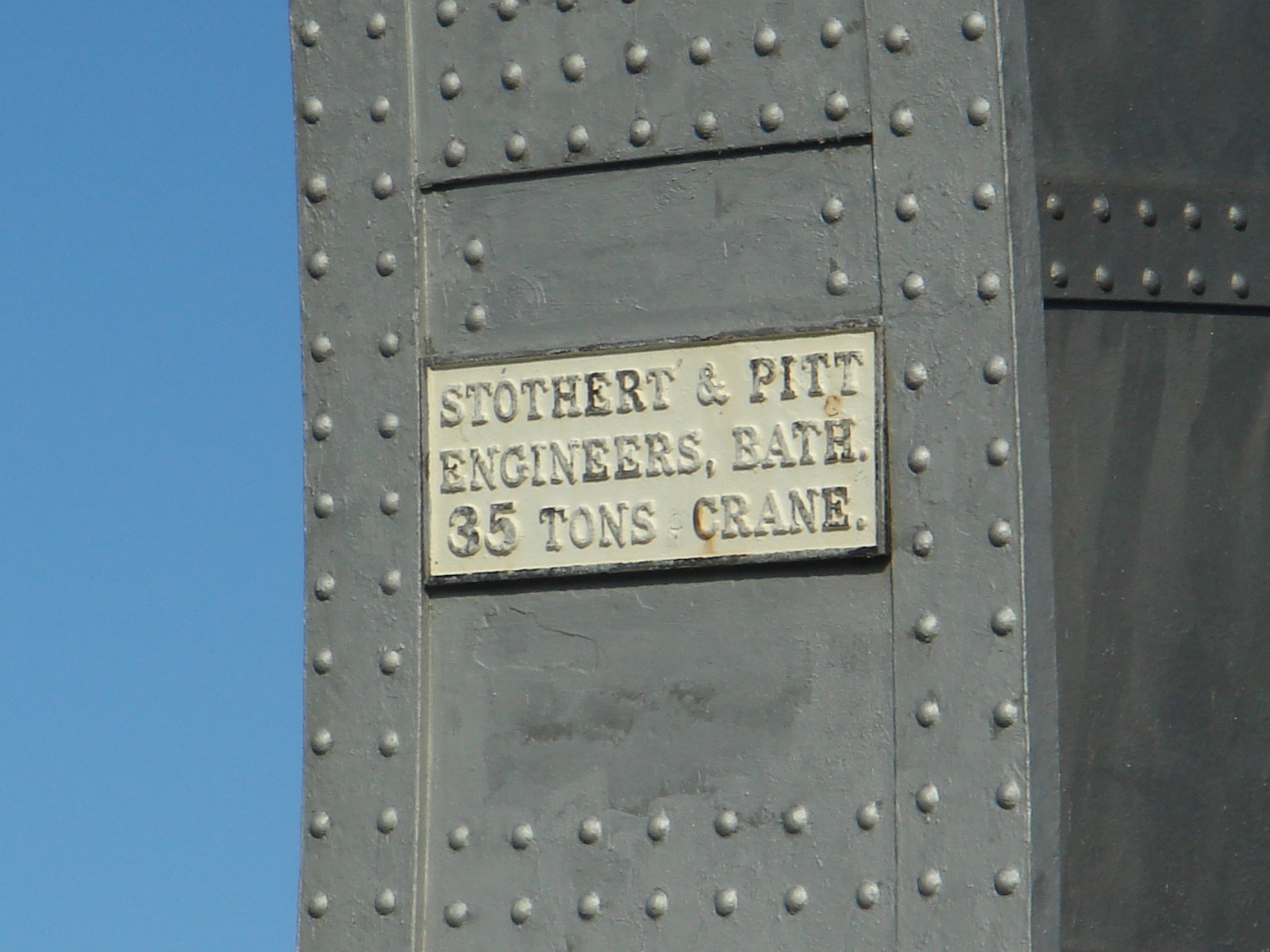|
Brunswick Wharf Power Station
Brunswick Wharf Power Station (also known as Blackwall Power Station) was a coal- and oil-fired power station on the River Thames at Blackwall in London. The station was planned from 1939 by Poplar Borough Council but construction only started in 1947 after the Second World War. It was decommissioned in 1984, and the site was redeveloped. History The station was built in stages between 1947 and 1956 on the site of the former East India Export Dock, itself originally the Brunswick Dock of the Blackwall Yard shipyard. The site was controversial due to both potential air pollution in a densely populated part of London, and to the implications of further concentrating generating capacity in an area that had been a strategic target in The Blitz. The building was a monumental brick structure with fluted concrete chimneys, similar to Gilbert Scott's design for Battersea Power Station. Its main building contractor was Peter Lind & Company with Redpath Brown & Company supplyi ... [...More Info...] [...Related Items...] OR: [Wikipedia] [Google] [Baidu] |
London Borough Of Tower Hamlets
The London Borough of Tower Hamlets is a London borough covering much of the traditional East End. It was formed in 1965 from the merger of the former metropolitan boroughs of Stepney, Poplar, and Bethnal Green. 'Tower Hamlets' was originally an alternative name for the historic Tower Division; the area of south-east Middlesex, focused on (but not limited to) the area of the modern borough, which owed military service to the Tower of London. The borough lies on the north bank of the River Thames immediately east of the City of London, and includes much of the redeveloped Docklands area. Some of the tallest buildings in London occupy the centre of the Isle of Dogs in the south of the borough. A part of the Queen Elizabeth Olympic Park is in Tower Hamlets. The 2019 mid-year population for the borough is estimated at 324,745. British Bangladeshis at 32% form the largest ethnic group. The 2011 census showed Tower Hamlets to have the highest proportion of Muslims of ... [...More Info...] [...Related Items...] OR: [Wikipedia] [Google] [Baidu] |
Peter Lind & Company
Peter Lind & Company is a building contractor with bases in Central London and Spalding in Lincolnshire, England. History The original company was founded in 1915 by Danish engineer Herman Peter Thygesen Lind (1890–1956). In 1980 the company, following to a failed project in the Mole Valley and a docks lock-out in Merseyside, called in receivers W.H. Cork Gully & Company, which sold off the assets. A group of former employees purchased certain rights and recommenced construction operations. During the Second World War the company was a significant builder of Mulberry harbour units. Major construction projects undertaken by the company include Waterloo Bridge in London (completed in 1945) and the BT Tower in London which was completed in 1964 by Peter Lind's son in law Thomas Jaeger. Current operations The company still has management members from the pre-1980 era and continues to carry out construction operations in London London is the capital and List of urban a ... [...More Info...] [...Related Items...] OR: [Wikipedia] [Google] [Baidu] |
Former Power Stations In England
A former is an object, such as a template, gauge or cutting die, which is used to form something such as a boat's hull. Typically, a former gives shape to a structure that may have complex curvature. A former may become an integral part of the finished structure, as in an aircraft fuselage, or it may be removable, being using in the construction process and then discarded or re-used. Aircraft formers Formers are used in the construction of aircraft fuselage, of which a typical fuselage has a series from the nose to the empennage, typically perpendicular to the longitudinal axis of the aircraft. The primary purpose of formers is to establish the shape of the fuselage and reduce the column length of stringers to prevent instability. Formers are typically attached to longerons, which support the skin of the aircraft. The "former-and-longeron" technique (also called stations and stringers) was adopted from boat construction, and was typical of light aircraft built until ... [...More Info...] [...Related Items...] OR: [Wikipedia] [Google] [Baidu] |
Coal-fired Power Stations In England
Coal is a combustible black or brownish-black sedimentary rock, formed as rock strata called coal seams. Coal is mostly carbon with variable amounts of other elements, chiefly hydrogen, sulfur, oxygen, and nitrogen. Coal is formed when dead plant matter decays into peat and is converted into coal by the heat and pressure of deep burial over millions of years. Vast deposits of coal originate in former wetlands called coal forests that covered much of the Earth's tropical land areas during the late Carboniferous ( Pennsylvanian) and Permian times. Many significant coal deposits are younger than this and originate from the Mesozoic and Cenozoic eras. Coal is used primarily as a fuel. While coal has been known and used for thousands of years, its usage was limited until the Industrial Revolution. With the invention of the steam engine, coal consumption increased. In 2020, coal supplied about a quarter of the world's primary energy and over a third of its electricity. Some iron a ... [...More Info...] [...Related Items...] OR: [Wikipedia] [Google] [Baidu] |
1973 Oil Crisis
The 1973 oil crisis or first oil crisis began in October 1973 when the members of the Organization of Arab Petroleum Exporting Countries (OAPEC), led by Saudi Arabia, proclaimed an oil embargo. The embargo was targeted at nations that had supported Israel during the Yom Kippur War. The initial nations targeted were Canada, Japan, the Netherlands, the United Kingdom and the United States, though the embargo also later extended to Portugal, Rhodesia and South Africa. By the end of the embargo in March 1974, the price of oil had risen nearly 300%, from US to nearly globally; US prices were significantly higher. The embargo caused an oil crisis, or "shock", with many short- and long-term effects on global politics and the global economy. It was later called the "first oil shock", followed by the 1979 oil crisis, termed the "second oil shock". Background Arab-Israeli conflict Ever since the recreation of the State of Israel in 1948 there has been Arab–Israeli confli ... [...More Info...] [...Related Items...] OR: [Wikipedia] [Google] [Baidu] |
Combustion Engineering
Combustion Engineering (C-E) was a multi-national American-based engineering firm that developed nuclear steam supply power systems in the United States. Originally headquartered in New York City, C-E moved its corporate offices to Stamford, Connecticut in 1973. C-E owned over three dozen other companies including Lummus Company, National Tank Company and the Morgan Door Company. The company was acquired by Asea Brown Boveri in early 1990. The boiler and fossil fuel businesses were purchased by Alstom in 2000, and the nuclear business was purchased by Westinghouse Electric Company also in 2000. History Founding Combustion Engineering was organized in 1912 through the merger of the Grieve Grate Company and the American Stoker Company, two well-known manufacturers of fuel burning equipment. The company was originally headquartered on 11 Broadway and at 43 ''-'' 5 ''-'' 7 Broad Street (Manhattan), both in Lower Manhattan. The city block was leased from the Alliance Realty Com ... [...More Info...] [...Related Items...] OR: [Wikipedia] [Google] [Baidu] |
Bankside Power Station
Bankside Power Station is a decommissioned electricity generating station located on the south bank of the River Thames, in the Bankside area of the Borough of Southwark, London. It generated electricity from 1891 to 1981. It was also used as a training base for electrical and mechanical student apprenticeships from all over the country. Since 2000 the building has been used to house the Tate Modern art museum and gallery. Pioneer station The pioneer Bankside power station was built at Meredith Wharf Bankside in 1891. It was owned and operated by the City of London Electric Lighting Company (CLELCo) and supplied electricity to the City and to part of north Southwark. The generating equipment was installed by the Brush Electrical Engineering Company and comprised two pairs of 25 kW Brush arc-lighters and two 100 kW single phase alternators generating at 2 kV and 100 Hz. This equipment first supplied direct current (DC) electricity to arc lamp street lights ... [...More Info...] [...Related Items...] OR: [Wikipedia] [Google] [Baidu] |
Walter Citrine, 1st Baron Citrine
Walter McLennan Citrine, 1st Baron Citrine, (22 August 1887 – 22 January 1983) was one of the leading British and international trade unionists of the twentieth century and a notable public figure. Yet, apart from his renowned guide to the conduct of meetings, ABC of Chairmanship, he has been little spoken of in the history of the labour movement.Dictionary of Labour Biography, when edited by G. D. H. Cole or John Saville, did not include an entry for Citrine, but current editor, Keith Gildart has done so. More recently, labour historians have begun to re-assess Citrine's role. Moher "Walter Citrine: A union pioneer of industrial cooperation, 2016 in Alternatives to State-Socialism in Britain,(editors, Peter Ackers & Alastair J. Reid)."Neil Riddell, "Walter Citrine and the British Labour Movement, 1925–1935," ''History'' (2000) 85#273 pp 285–306R. Taylor, "The TUC:From the General Strike to New Unionism, (2000), 20–75" By redefining the role of the Trades Union Congre ... [...More Info...] [...Related Items...] OR: [Wikipedia] [Google] [Baidu] |
Collier (ship)
A collier is a bulk cargo ship designed or used to carry coal. Early evidence of coal being transported by sea includes use of coal in London in 1306. In the fourteenth and fifteenth centuries, coal was shipped from the River Tyne to London and other destinations. Other ports also exported coal for instance the Old Quay in Whitehaven harbour was built in 1634 for the loading of coal. London became highly reliant on the delivery of coal by sea Samuel Pepys expressed concern in the winter of 166667 that war with the Dutch would prevent a fleet of 200 colliers getting through. In 1795, 4,395 cargoes of coal were delivered to London. By 1824, this number had risen to about 7,000; by 1839, it was over 9,000. The trade continued to the end of the twentieth century, with the last cargo of coal leaving the Port of Tyne in February, 2021. The earliest type of collier on which there is detailed information is the Whitby-built ''cat''. These were bluff-bowed, round-sterned, strongly-b ... [...More Info...] [...Related Items...] OR: [Wikipedia] [Google] [Baidu] |
Stothert & Pitt
Stothert & Pitt was a British engineering company founded in 1855 in Bath, England. It was the builder of various engineering products ranging from Dock cranes to construction plant and household cast iron items. It went out of business in 1989. The name and intellectual property became part of Clarke Chapman. History George Stothert (n.b. early on the name is sometimes rendered as Stoddard or Stodhert) moved to Bath in 1785 having taken over Thomas Harris's ironmonger's business. He was an agent for Abraham Darby I's Coalbrookdale Iron Company, selling all types of domestic ironmongery. By 1815 they set up their own foundry as Abraham Darby had opened his own warehouse in Bristol. The company was now managed by his son, also George. In 1851 they exhibited a hand crane at the Great Exhibition. In 1837, Henry Stothert, brother of the younger George, set up an ironworks in Bristol, first as ''Henry Stothert & Co.'', then, joined by Edward Slaughter, Stothert, Slaughter & Co. ... [...More Info...] [...Related Items...] OR: [Wikipedia] [Google] [Baidu] |





